Getting excited for your CPAWS Southern Alberta Winter Ecosystem hike or snowshoe? We are too! But before we get to the all the fun, let's review some important details about your outdoor experience.
Table of Contents:
- Introduction
- Trip Itinerary
- Contacts & Cancellation Policy
- Risks
- Emergency Response Plan
- FAQ
- Planning Checklists
- Important Documents
1. Introduction
Outdoor Experience Summary
- ~5 km winter hike or snowshoe over steep and gentle terrain
- Interspersed with educational activities/games
- Led by experienced interpretive guide
- Curriculum-linked
- Possible topics covered:
- Species at risk
- Ecosystems
- Biodiversity
- Winter survival
- History of the area
- Human impacts
Bussing
- Not included in program cost
- Must be arranged by the teacher
- For hikes outside of the city, the bus must remain on-site for the entire program, in case of emergency.
- The bus driver must remain with the bus.
- Please make this clear to your bus company.
- It is recommended to have a contingency vehicle in conjunction with the school bus for emergency situations (Required for all CBE schools)
Snowshoes
Teacher Responsibilities
- Read this entire snowshoe package (all teachers involved).
- Send in the teacher checklist found below 2-3 weeks prior to your trip.
- Book a bus and ensure the bus and bus driver stays onsite. Clarify this with the bus company when you book.
- Arrange snowshoes
- Arrange adult volunteers and brief them on their responsibilities.
- Confirm size of each group is no more than 34 participants including adults.
- Confirm adult to student ratios are met:
- Gr. 1-3: 1 adult per 8 students
- Gr. 4-6: 1 adult per 10 students
- Gr. 7-9: 1 adult per 12 students
- Gr. 10-12: 1 adult per 15 students
- Ensure all students are wearing appropriate gear and have any necessary medication prior to leaving the school (check students as they board the bus).
- Carry a cell phone or radio and a first aid kit on the trip. Each group must carry these items. If you are bringing two/three classes, you must bring two/three first aid kits, phones.
- Manage student behaviour during the trip.
- Comply with all COVID 19 government regulations and CPAWS procedures.
Where to Meet
Please refer to the location selected as an Add-On in your booking confirmation e-mail. You have either selected a Community Walk (your chosen location near you) or one of our out of city hiking locations. You can find more information on our hiking locations and directions page.
Winter Preparedness
- Winter boots (water proof)
- Winter jacket
- Splash pants / snow pans
- An extra sweater
- Hat and mitts
Appropriate Winter Gear
The following is a list of appropriate apparel for snowshoeing:
FOOTWEAR
- Waterproof
- Thick rubber sole
- Above ankle length (if wearing without gaiters)
- Gaiters
PANTS
- Rain pants / Splash pants
- Snow pants
JACKETS
- Water proof jacket
- Water insulation layer
ACCESSORIES
- Non-cotton mittens
- Toque
- Sunglasses
- Extra socks
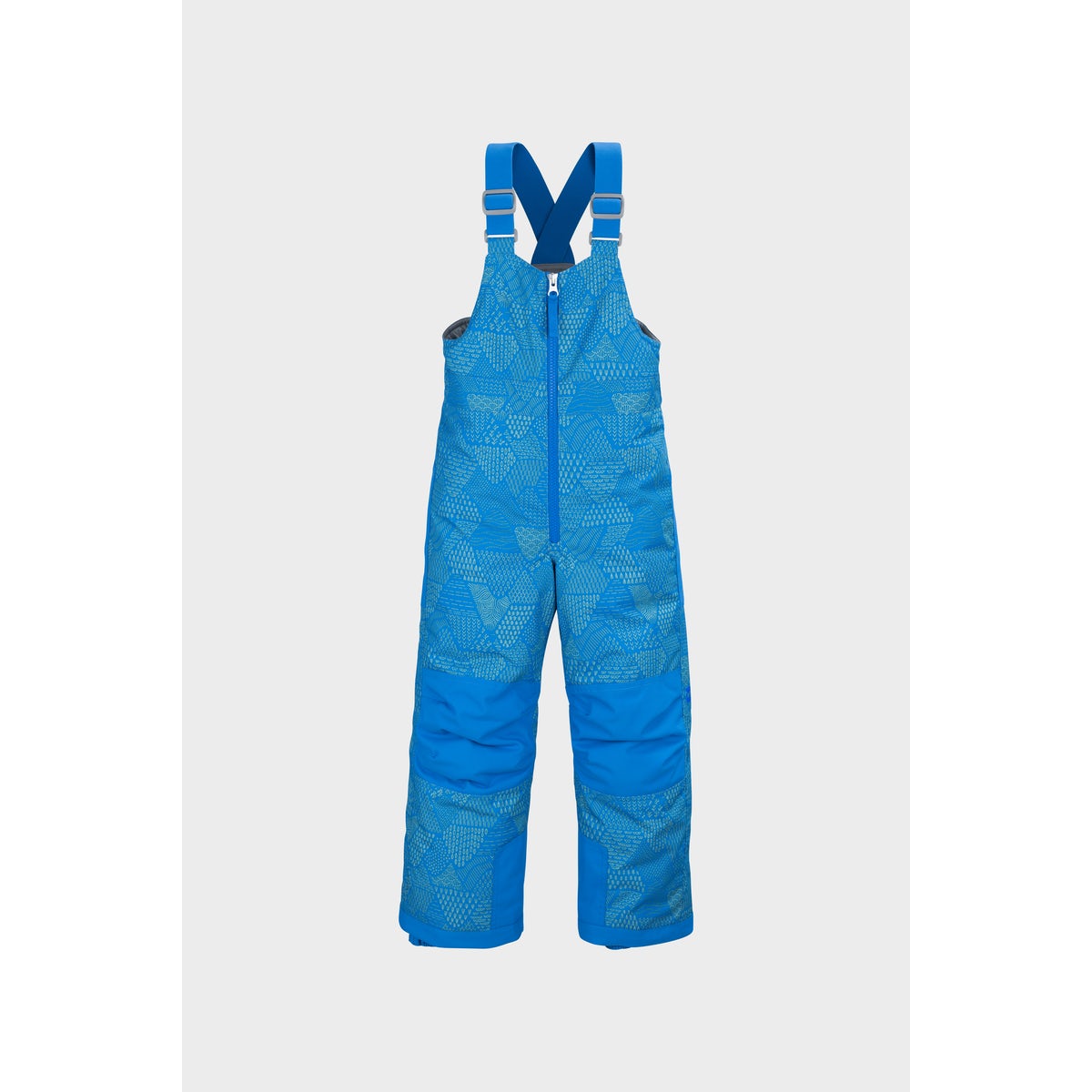
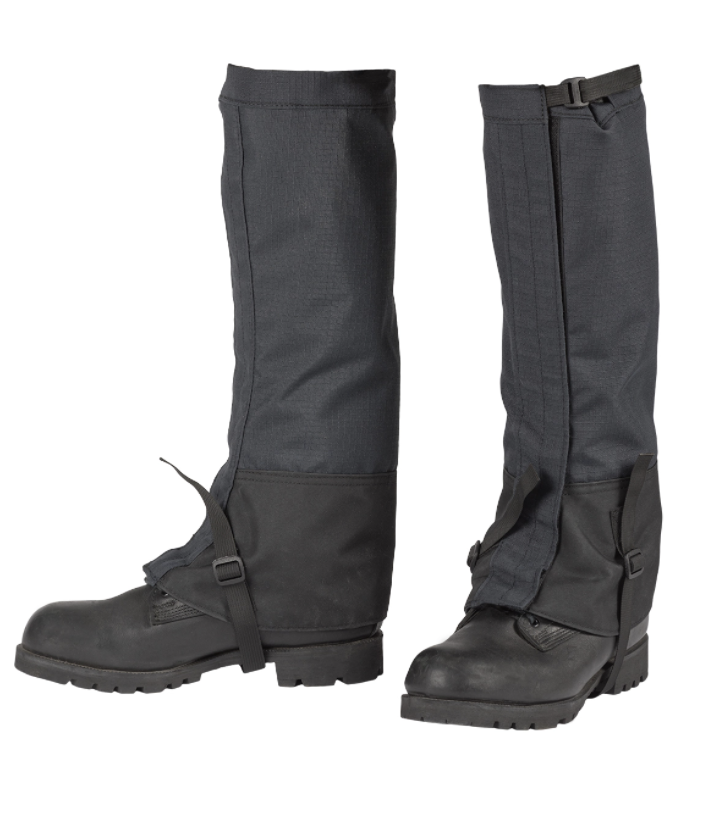
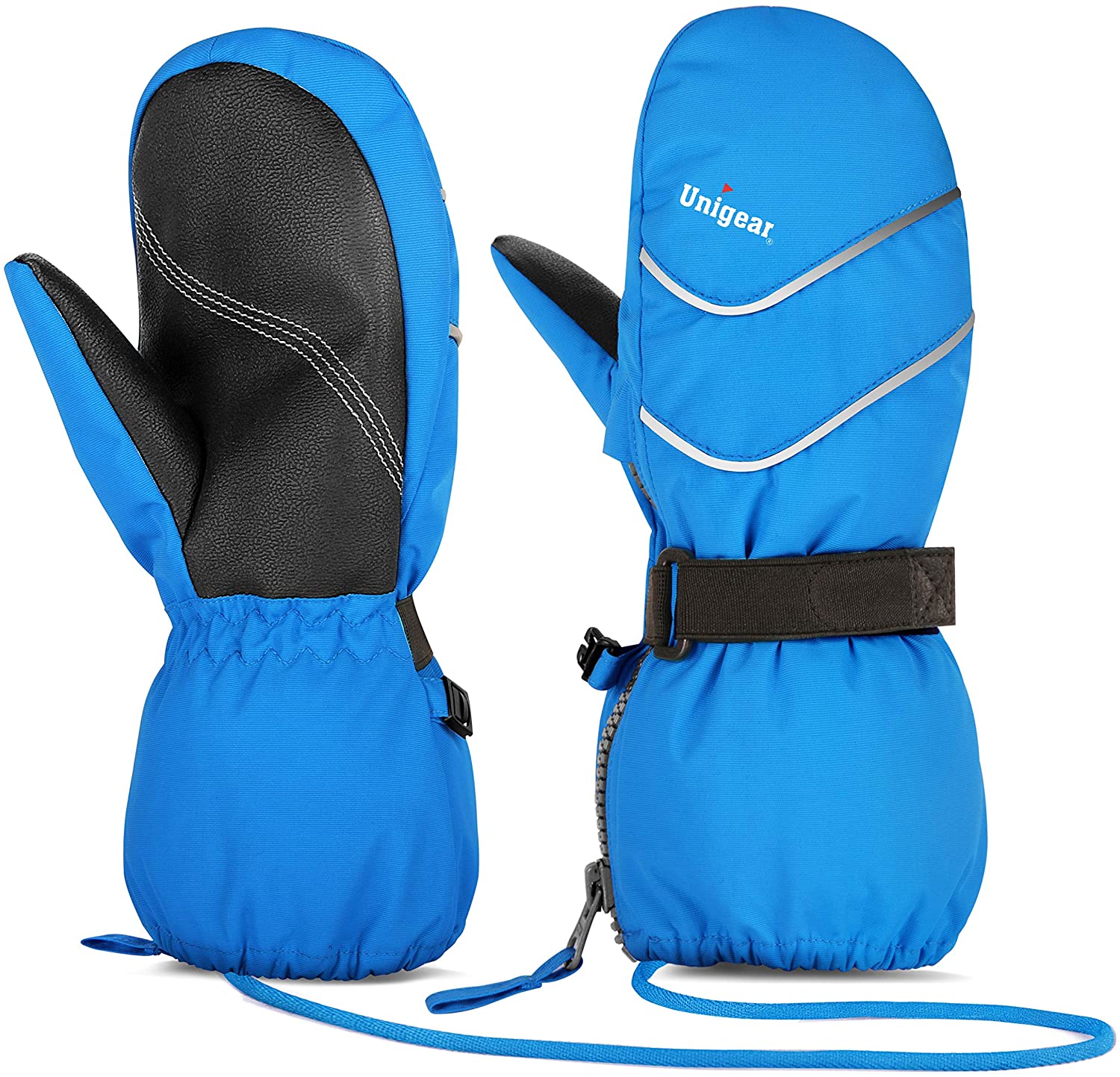
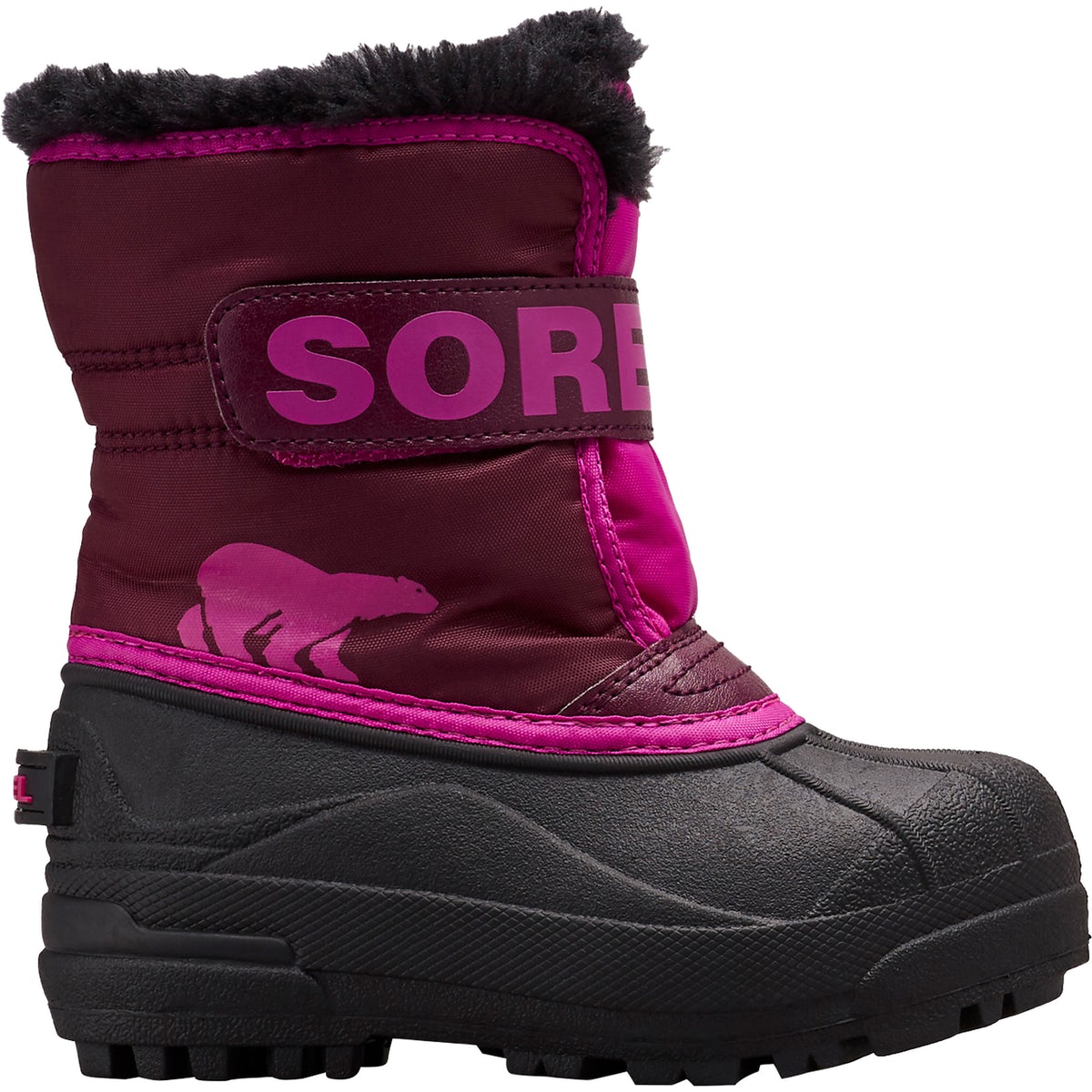
Inappropriate Winter Gear
The following is a list of inappropriate apparel for snowshoeing:
FOOTWEAR
- Sneakers
- Fashion boots
- UGGS
- Flats
PANTS
- Lulu Lemon pants
- Jeans
- Leggings
- Sweatpants
- Cotton based fabric pants
ACCESSORIES
- Thin cotton gloves
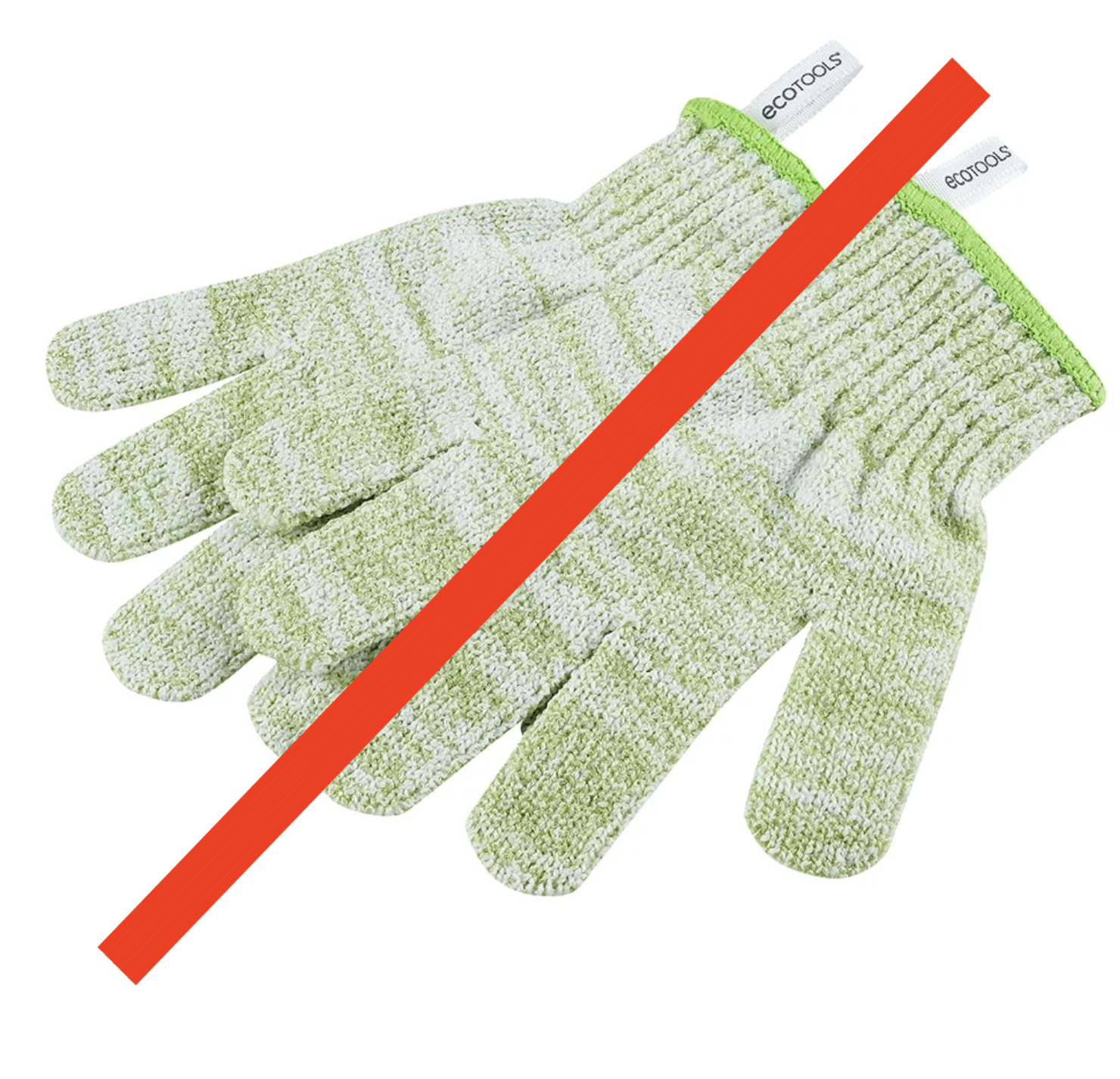
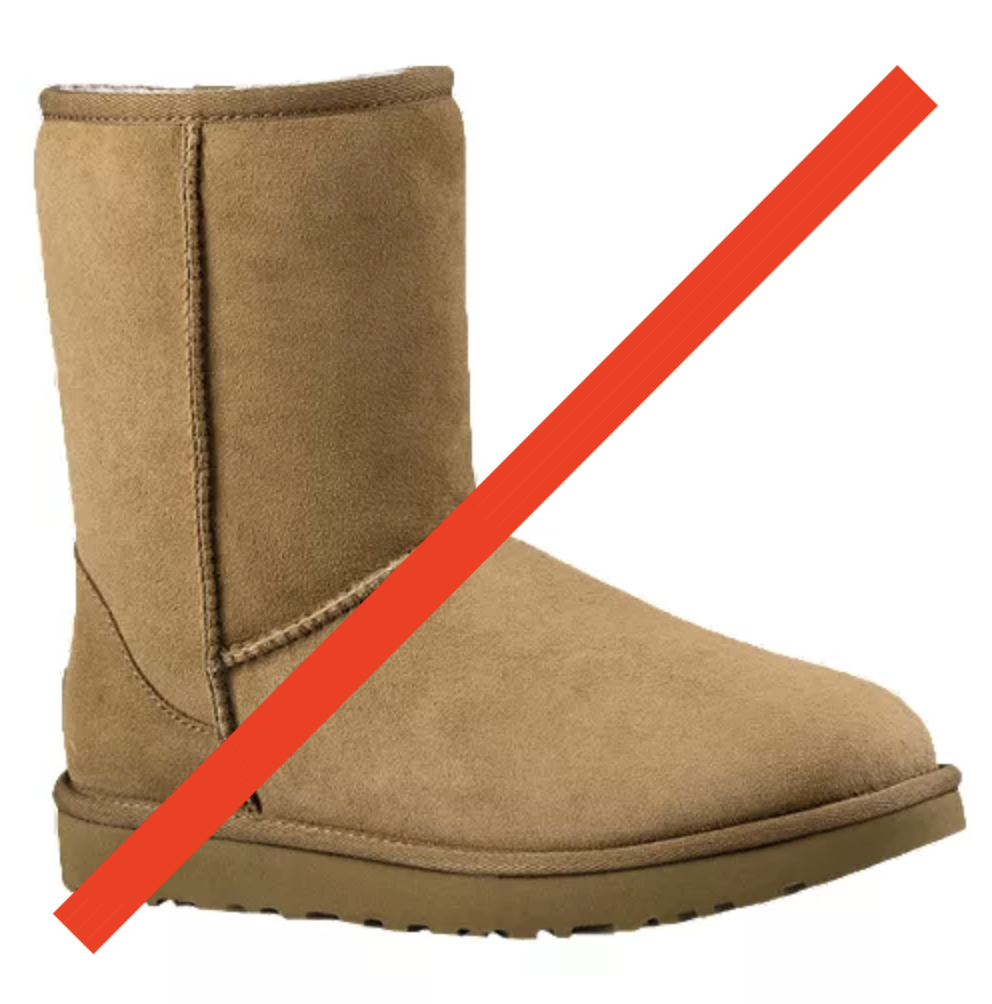
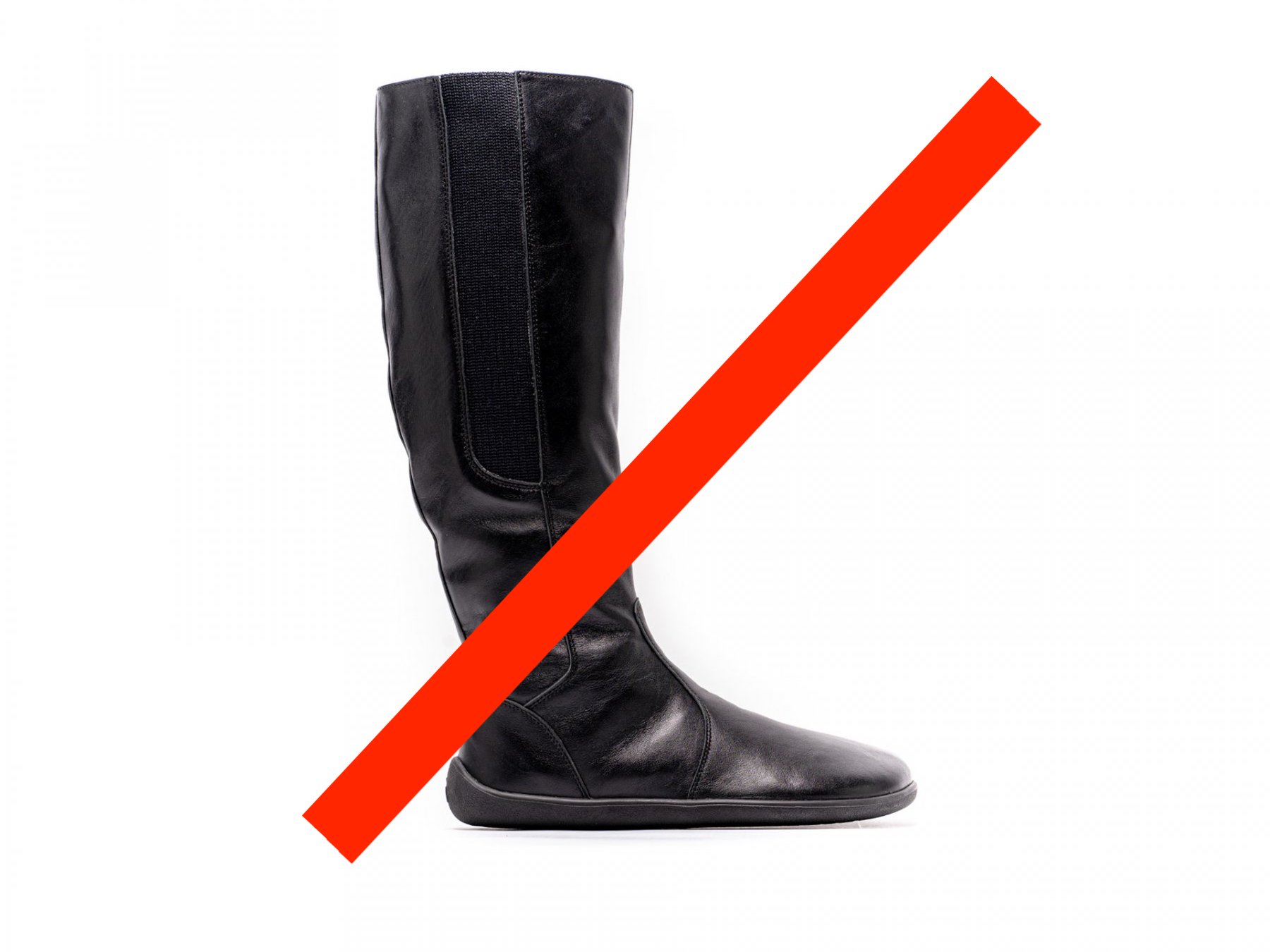

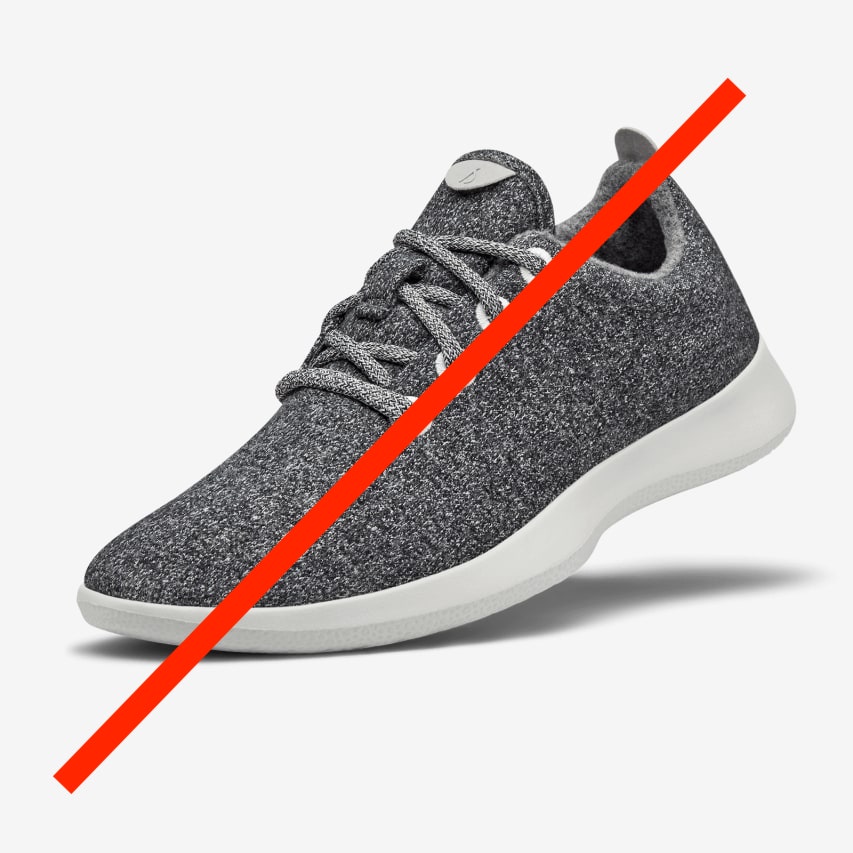
2. Sample Itinerary
Time
Activity
10:00 AM
CPAWS staff greets school groups in the parking lot and discusses plan for the day.
Snowshoe fitting and practice; winter survival skills
11:30 AM
Hiking or Snowshoeing & Interpretation
Possible Activities: history of the area, interpretive activities, games, etc.
12:00 PM
Lunch at viewpoint (weather permitting)
12:30 PM
Hiking or Snowshoeing & Interpretation
Possible Activities: appreciate a silent stop, explore the wilderness adjacent to the trail, etc.
2:00 PM
Goodbye: review & evaluations
We suggest arriving at 10:00 and departing at 2:00 to maximize your time in the park. However, this is only a suggested time frame and we will accommodate the length of time available to your group.
*Please Note: The hiking schedule varies from trip to trip depending on grade, group size, weather, school arrival/departure times and selected program focus. The hiking schedule is flexible and can accommodate teacher requests.
3. Pre-Program Communication and Cancellation
We require a contact cell phone number and email address for each Facilitator in Charge for each date you have booked. Please ensure you provide us with this information on the Pre-Trip Form.
After receiving the Pre-Trip Form, guides will contact the Facilitator in Charge by email, 7-10 days before the program to confirm the details provided during booking and on the Pre-Trip Form. They will include important information to help plan for weather and trail conditions. Guides will provide a phone number that you can use to discuss any details, either through a phone call or via text message. Guides will update the Facilitator in Charge, 24-48hrs ahead of the trip, of any weather or trail conditions, if needed.
We ask that the Facilitator in Charge texts the guide, the morning of the program, when they are on their way to the trailhead.
Inquiries for programs can be directed to our staff at education@cpaws.org.
Delays
If you are delayed 20+ minutes the day of your hike call your Interpretive Guide.
Cancellation Policy
As our programs are in high demand, it is our expectation that those who book programs will make every effort to maintain their bookings. If extenuating circumstances warrant cancellation of a program (like extreme weather, road closures, family emergency, etc.) we will reschedule programs rather than cancel. This may occur in a future season, if we are unable to schedule before the end of the season. We encourage all facilitators in charge to inform us of any circumstances that may prevent the delivery of a program with as much notice as possible.
Our cancellation policy is as follows:
1 month prior to booking: 85% refund – there is a 15% non-refundable deposit at time of booking.
29 to 14 days prior to booking: 50% refund
Less than 2 weeks prior to booking: no refund
4. Risks & Hazards
Allergies
Students and adults whom require an EPIPEN or INHALER must have it with them at all times. Guides have the right to refuse service to participants without their mediation. Check with students/volunteers as they board the bus to ensure their have their medications.
Inclement Weather
- Participants must be prepared for all weather conditions.
- Appropriate footwear, winter gear, sunscreen, and hats and mitts are recommended.
- It is the teachers responsibility to ensure all students/volunteers are prepared for the weather prior to leaving the school (check them as they board the bus).
- Guides will refuse service to students and adults that are ill-prepared for the day.
- In the event of weather conditions that affect student safety, the trip will be stopped.
Bears & Other Wildlife
- It is NOT the intention of CPAWS to encounter any bears or have any negative encounters with any animals.
- We will give lessons on how to avoid such encounters.
- It is imperative that the group stays together and that the teacher stays at the back of the group.
- CPAWS guides will carry bear spray.
Uneven terrain, slips & trips, and falls:
- All participants must have appropriate winter footwear.
- CPAWS guides will do their best to identify and manage hazards that posses a slips, trips and/or falls hazard.
Behaviour
- Teachers are responsible for managing student behaviour.
- Make special arrangements to have extra adults present if you have a more challenging group.
- Students who are exhibiting behaviour that puts other students, volunteers, teachers, and interpretive guides at risk will not be tolerated.
- CPAWS reserves the right to stop the program if student behaviour is jeopardizing the group or natural area.
Washrooms
- There are outhouses at the trailhead.
- There are no facilities while snowshoeing.
- Teachers are responsible for students who need to use the washroom during the duration of the program.
- Interpretive guides will encourage students to use the facilities at the beginning and end of the day.
5. Emergency Response Plan
Medical Emergencies
The school teacher will assume the role of first responder, not CPAWS. CPAWS interpretive guides are certified in Wilderness First Aid and will assist as necessary.
Other Emergencies
CPAWS interpretive guides will assume the role of first responder. Teachers will help manage the situation.
Emergency Response Procedures
We will respond using the CPAWS emergency response procedures. Schools are expected to follow their own procedures in terms of communication, accident reporting, insurance, etc.
Emergency Equipment
- Bear spray
- First aid kit
- SPOT or In-Reach Satellite messenger device
- Two way radios
Emergencies While on the Trail
- Dial 911. If you are in Kananaskis ask for Kananaskis Country Dispatch
- Press the SOS button on CPAWS’ SPOT or In-Reach Satellite Messenger device
6. Frequently Asked Questions
How can we ensure the best experience for our students?
- Prepare students for the outdoor experience so that they feel comfortable.
- Be physically prepared: clothing, food, water, etc.
- Be mentally prepared: read some FAQ below.
What if my students do not own the appropriate clothing & footwear?
- It is the responsibility of the school to ensure all of their students, regardless of situation, are appropriately dressed for winter conditions prior to leaving the school (check students as they board the bus)
- If you are concerned about students not being appropriately dressed we recommend you shop for cheap outerwear at second hand stores or bring personal extras
- CPAWS Guides are equipped with limited winter gear to lend to students for the day
- Guides will refuse service to students and teachers that are ill-prepared for snowshoeing
Are there any bears where we’re going?
- We have both black bears and grizzly bears in our Rocky Mountains.
- Bear safety is paramount.
- Wild bears typically fear humans.
- Students will learn how to safely recreate in bear country during the program.
What should we do to ensure no-one gets lost?
- CPAWS staff will lead the group.
- The teacher will be placed at the end of the line to act as a “sweeper” (not a volunteer).
- Students will be assigned a buddy.
- Throughout the day we will do student counts and buddy checks.
How can I work most effectively with parent volunteers?
- Using parent volunteers involves the community in our field trip.
- Engaged volunteers can contribute significantly to student learning during the day.
- Send home a detailed description of the field trip with volunteer expectations and trip objectives clearly communicated.
- A pre-trip meeting is an excellent way to communicate with your parent volunteers.
- Share some teaching tips and idea tips for outdoor study with them.
- Delegate responsibility for various activities to parent volunteers: this allows you the freedom to act as a rover and to deal with any problems that arise.
7. Planning Checklists
I have...
Students...
Volunteers...
Transportation....
8. Important Documents
PLEASE ENSURE YOU FILL OUT YOUR PRE-TRIP FORM 2-3 WEEKS BEFORE YOUR FIELD TRIP. SOME GROUPS ALSO REQUIRE WAIVERS.
Adult Waiver - Waivers not required for CBE, CCSD, and RVSD schools.
Minor Waiver - Waivers not required for CBE, CCSD, and RVSD schools.
We now have waivers available to sign digitally! Please contact us at education@cpaws.org to discuss if paper or electronic waivers are the best solution for your group.
IMPORTANT: Ask everyone to use the email that was used to book the program when they sign the waiver (the teacher/facilitator email). This will automatically link the signed waiver to your booking and sends you the signed waiver to keep track of who has/hasn’t signed. If they use other email addresses, we will need a participant list to match the waivers to your booking in the back-end. If you would like to use digital waivers, please forward this link to all participants, staff, and volunteers, and ensure everyone has a waiver signed prior to the outdoor experience:
